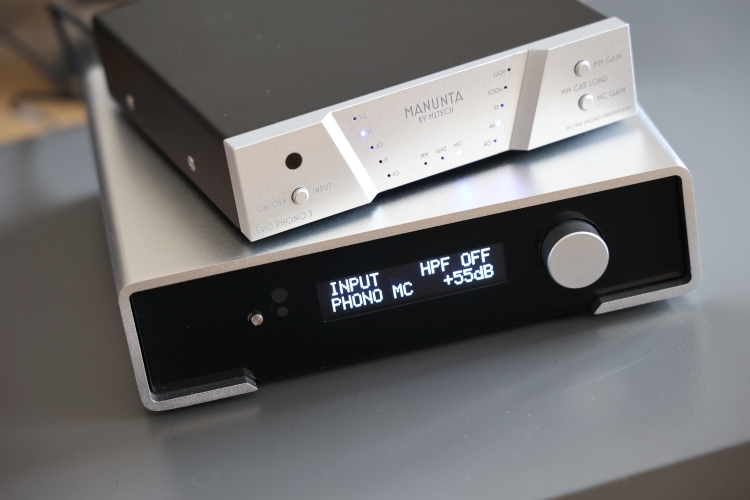
Review sample supplied by manunta-audio
Retail prices:
Manunta EVO Phono 3: €800
M2Tech Nash Rev.b: €1.799
My experience with Marco Manunta’s designs dates back to the M2Tech HiFace and HiFace EVO USB to S/PDIF and AES/EBU converters. In fact, it was my experience with these devices that triggered me to investigate the Manunta Evo DDC 3 converter. In turn, this little beauty performed so well that I made it a permanent member of my Genelec system. Meanwhile, my review of the Thorens TD-1600 turntable with the new TP-160 tonearm made me consider potential phono-stage alternatives, which brought my attention back to Manunta Audio.
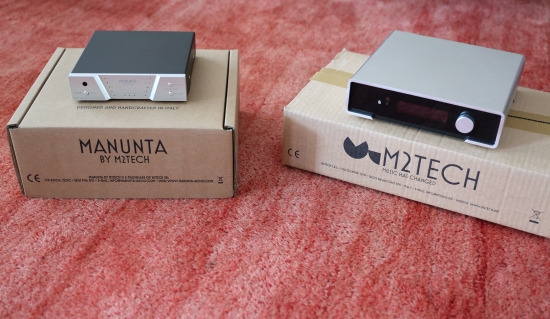
The Manunta product portfolio is small but effective, and the brand offers the richly-featured EVO Phono 3 MM/MC phono stage at a very attractive price. Given that Manunta products are, at the core of their design, simplified, super-value versions of M2Tech products by the same designer, this also made me curious about the higher-end M2Tech Nash, which is part of the brand’s Rockstars series. While the EVO Phono 3 and Nash are quite different beasts, they share some design characteristics, and given that they are produced by the same company, one might regard the M2Tech Nash as a super-charged Manunta EVO Phono 3.
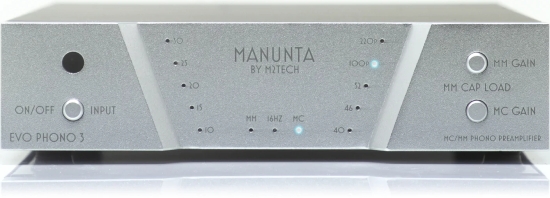
Manunta EVO Phono 3
The Manunta EVO Phono 3 is an MM/MC Phono Preamplifier with passive RIAA and continuous adjustable MC input impedance (loading) via a potentiometer on the rear panel. This feature is quite unique as it provides any desirable setting between 10 Ohms and 1 KOhms rather than the usual selection of discrete steps that are often too low or too high. In addition to the loading feature, the preamp offers independent control of MM gain (40, 46, 52 dB) and MC gain (10, 15, 20, 25, 30 dB), and these settings are stored for each input individually, so long as the unit remains connected to power. This is especially useful since the unit also has independent RCA inputs for MM and MC, which means one can connect two turntables simultaneously. Somewhat annoyingly, the MM gain always resets to the lowest value when the power is removed, but with direct toggle button control from the front panel, it is easy to re-apply the desired value.
Apart from this oddity, I found the EVO Phono 3 a pleasure to use, even if the grey font can be hard to read in certain lighting conditions. Its buttons and functions have clearly been chosen and implemented very thoughtfully.
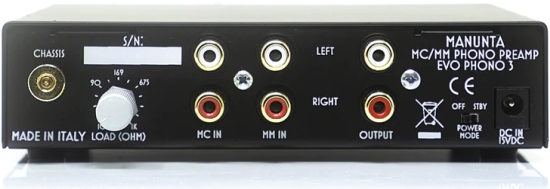
The MM gain is sufficient to accommodate every MM and medium-to-high MC cartridge, including most moving iron and moving flux models, which work well when loaded with the pre-set loading of 47k Ohms. The MM and MC gain stages are combined for the MC input, which means a lot of freedom for the user to set the respective gain values precisely as needed. For instance, one can have the MM gain on maximum gain and set the MC gain as required. Alternatively, one can set the MM gain lower and the MC gain higher. In my tests (with the Thorens turntable and TAS 1500 cartridge), I obtained the best results with the MM gain at its maximum 52dB setting and adding further MC gain as needed (in my case 20dB to match the Lejonklou’s output. The MC gain can also be used as a tweak facility. A higher setting will lead to a more upfront and impactful sound, whereas a lower setting will lead to a friendlier and smoother sound. The Evo Phono 3 also allows setting the MM input capacitance to 0pF, 100pF, 220pF, or 320pF. In addition, there’s a switchable 16Hz subsonic filter that can prevent issues caused by badly warped records and can be independently set for MM and MC inputs.
When stepping through the gain steps, the preamp outputs a considerable low-frequency thud that can cause large woofer movements. The switching like this (without mute circuitry) is undoubtedly implemented to obtain the best sound quality at its price level, and it should not cause any damage at normal volume levels. However, it can be a little uncomfortable. Hence, I recommend muting or lowering the volume when making these adjustments.
The functionality does not stop there, though. In addition, the Evo Phono 3 comes with a fully loaded remote control that allows for setting various controls and controlling other M2Tech Rockstars series products. In terms of phono stage functionality, the remote control allows Power/Standby, Display Dimming, and MM/MC input selection.
The preamp is supplied with a simple wall-wart switching power adapter. However, the performance can be further improved by using a dedicated low-noise power supply. For this purpose, Manunta provides the Evo Supply 3. Alternatively, the M2Tech Van Der Graaf MkII can also be used.

M2Tech Nash Rev. b
Like the Manunta ECO Phono 3, the Nash Rev.b is an MM/MC Phono Preamplifier with passive RIAA and continuous adjustable MC gain and MC input impedance (loading) via two rotary dials on the rear panel.
Also like the Manunta model, the Nash features two separate phono inputs: one for low-level MC phono cartridges and one for medium to high-level MC phono cartridges and MM phono cartridges.
MC gain can be selected 3dB to 30dB using the potentiometer on the back, which is then added to the MM gain. The MM gain can be set to 55, 60, or 65dB via the settings menu using the rotary multi-function dial on the front panel. For MC, this means a total gain between 58dB and 95dB, which should accommodate every cartridge in existence. The other MM interface parameters (input impedance and capacitance load) are set by dip-switches, accessible from the rear panel.
It should be noted that the menu item “MC gain” is actually referring to the MM gain, in this case added to the MC gain, with the chosen value stored separately from the value chosen for the MM input. So, even if the MM gain stage is the same for MM and MC, the unit remembers the individual settings.
The individual inputs allow connecting two turntables simultaneously: one fitted with an MC or other low-output cartridge, another fitted with MM or other high-output cartridge. Optionally, a second low-level cartridge can be connected to the MM input by means of an external step-up transformer or MC stage. Alternatively, provided that a reduced output level is acceptable and a high load resistance is not problematic for the frequency response, an MC cartridge can be directly connected to the MM input.
Most MM cartridges need a load resistance of 47 kOhms, which is the standard input resistance of most MM phono preamplifiers. On the other hand, many medium and high-output MC cartridges work better with a lower value, around 15 kOhms. The NASH offers both values, which can be selected by the rear panel DIP switches.
MM cartridges are sensitive to the capacitive load, and according to M2Tech, many of them work better when the phono preamplifier’s input impedance is slightly capacitive. With the Nash, the user can add capacitance using the rear panel DIP switches. Capacitance base values are 100pF, 220pF, and 470pF, and by setting more than one value, the user can also set 320pF, 570pF, 690pF, and 790pF.
The individual stages and the continuously variable MC gain allow the user even more freedom than with the EVO Phono 3 to use as a tweak facility. As with the EVO Phono 3, a higher setting of the MM gain leads to a bolder, bassier, more fullbodied and impactful sound, whereas a lower setting will lead to a friendlier, airier, and more delicate sound.
The first obvious deviation from the Manunta EVO Phono 3 is that the Nash also offers two line-level auxiliary inputs, which can turn it into a hub or switching box for analog sources. This facility can be very helpful when the phono stage is used with the Young MkIV or other equipment equipped with only a single analog input.

The totally discrete component circuit with J-FET input is characterized by very low background noise and high gain, allowing it to reach an output voltage of 2.5 Vrms with 5mV on MM and 170uV on MC. Passive RIAA is implemented with high-precision polypropylene capacitors.
The Nash can deliver up to 95dB total gain on the MC input and up to 65dB on the MM input. Alas, a universal rule is that more gain normally means more noise. Therefore, designers usually apply the minimum gain to obtain a reasonable output voltage for a phono stage, which ranges between 500mV and 1V. This is enough to allow the line preamplifier to drive the power amp into clipping even with low-level recordings. However, this causes a level change between the phono input and a line input to which a CD player or similar is connected, forcing the user always to adjust the volume when changing the source. To avoid this, the M2Tech designers have conceived a very low-noise, discrete-component circuit that uses multiple low-noise FETs in its input stage to obtain an incredibly silent amplifier with high gain. The same base circuit was used in the MC preamplifier, in the first MM amplifier (before the passive RIAA equalizer), and the second MM amplifier, with slight changes to adapt it to the specific functions. Low-noise regulators were used throughout to ensure the best noise performance, with the MC preamplifier powered by a proprietary ultra-low noise dual regulator built using discrete components. Thanks to these low-noise amplifiers, the Nash can deliver at least 2.5V at its output with every cartridge model, with great noise performance.
The Nash Rev.b can be controlled using the front panel rotary encoder and the included infrared remote control. The remote control allows Power/Standby, Display Dimming, Menu navigation, and MM/MC input selection. Another bonus over the Manunta EVO Phono 3 is the Nash’s integrated Bluetooth BLE interface that also allows the preamp to be configured and controlled via Android. M2Tech offers an Android app to control these parameters, and an iOS app is planned for later release.
I found the Nash a little confusing to operate from the front panel. Especially the single button on the left, which I have often pressed too long, thinking it would activate the menu but instead shutting the unit down. After that, it needs another 20 seconds to warm up. But with prolonged use, I’m sure one gets the hang of it.
A switchable 16Hz subsonic filter cuts low frequencies below 16Hz and is useful with warped records. Also, the 16Hz filter complies with the new IEC curve used in modern records, which adds a 16Hz high-pass to the standard RIAA curve.
The Nash is supplied with a simple wall-wart switching power adapter, the same make and model as the Manunta EVO Phono 3 and the performance can be further improved by using a dedicated low-noise power supply instead. For this purpose, M2Tech provides the Van Der Graaf MkII.
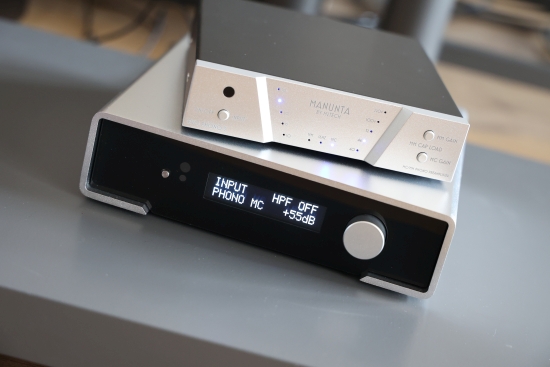
Similarities in design but still very different
So far, we’ve covered functionality, operability, and connectivity. What about the circuit design? The two phono stages share a similar basic design developed by Marco Manunta, but how they differ precisely is unclear. However, as seen below, the PCBs are built entirely differently. Not only are the PCBs’ size and layout different, but key components are also different.
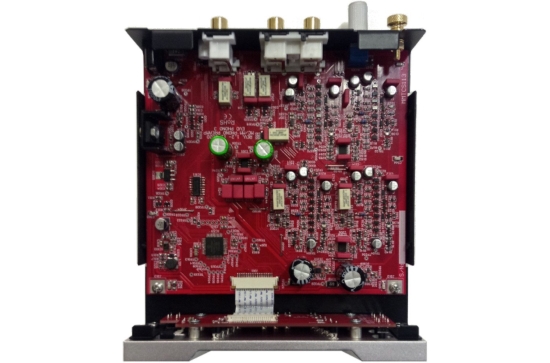
Above: Manunta EVO Phono 3, Below: M2Tech Nash.
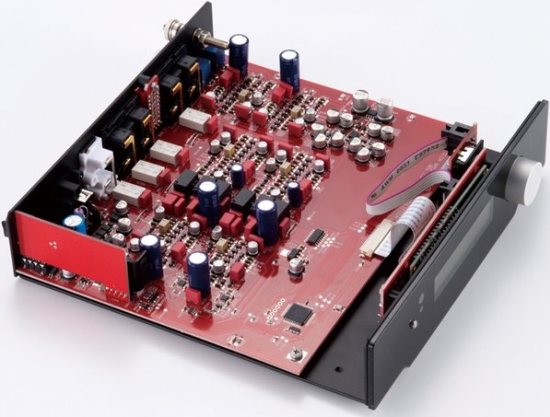
Next: Power Supply Alternatives, System Context, Running In
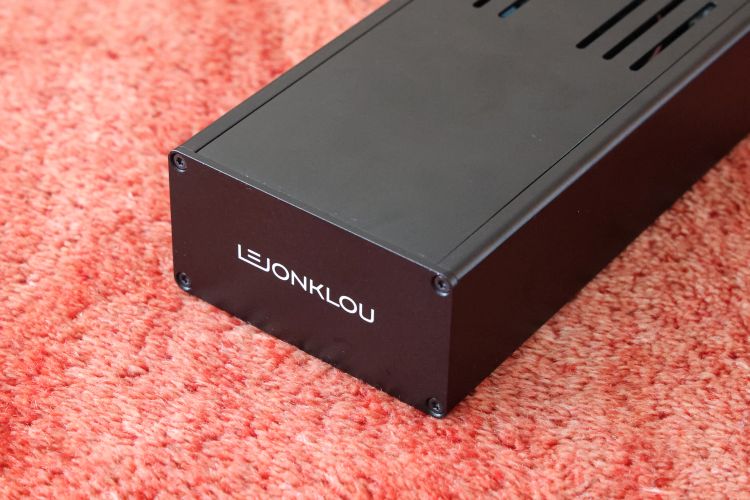
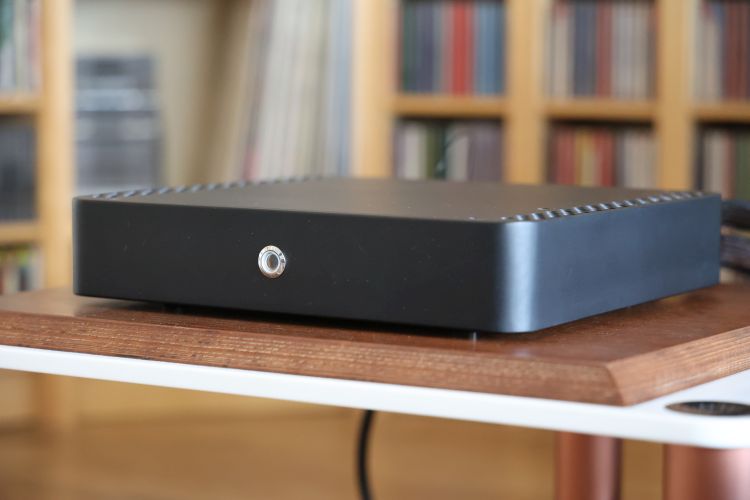
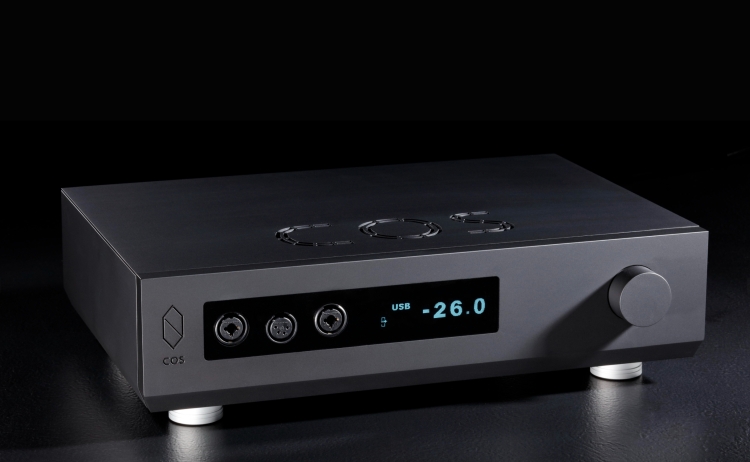
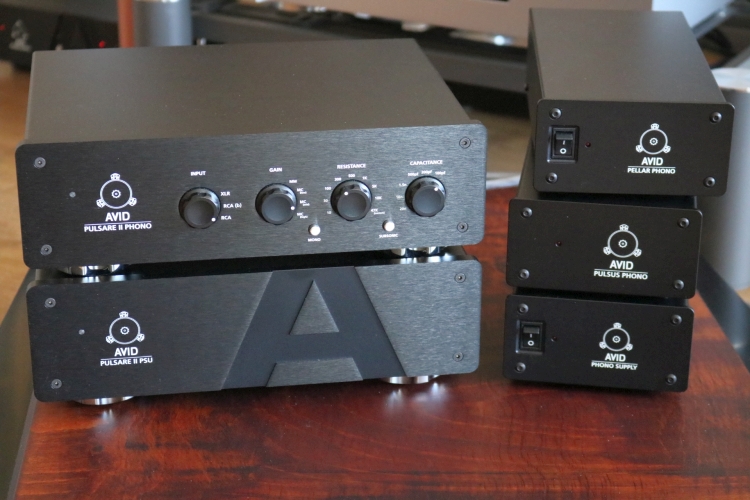
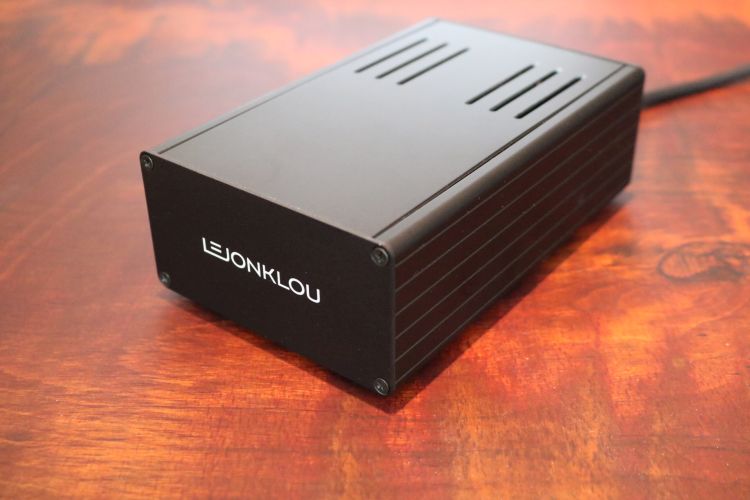
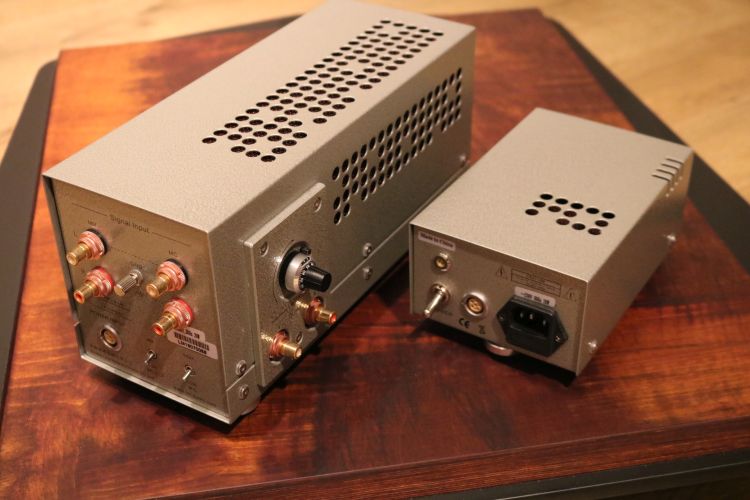
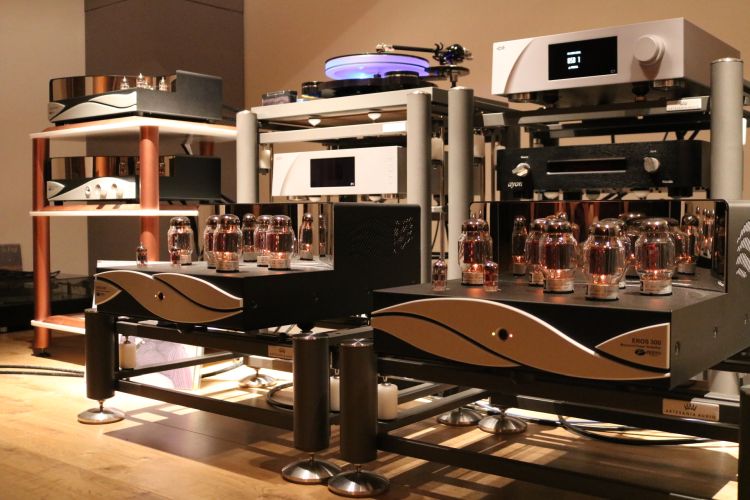
Hi Christiaan, any further updates on the use of better power supplies for these two phono stages?? Thanks Luke
I have a review round 2 in the works using a new Thorens turntable with TP 160 tonearm and two different cartridgesm which will be published soon. It re-assesses the standard versus Topping PSU, and reaches an updated (very positive) conclusion, but alas, I do not have the Manunta or M2Tech PSUs.
HI Christiaan, I have acquired the Van Der Graaf Mk2 power supply for the Nash ( Nagra VPS is now hardly ever used). Played through an Audio GD master 1, Nuprime amg sta se and Wolf Son speakers I must say compared with its standard power supply its not night and day. I had to go back a few times to be clear about the advantages of the VdG power supply. However the improvements I hear are 1) slightly more detail due to a slightly blacker background, 2) better bass control and better defined pitch 3) more clarity and separation throughout 4) the music is now present as a whole coherent force rather than as individuals playing individually. Downside is that a little bit of tonal warmth and solidity is given up for this compared to the original power supply. I guess for me 2 and 4 win the day but I could still happily live with the original power supply!!
Thank you for sharing your impressions! I had a similar experiences between stock switched supply and the Topping P50. Whereas the difference between the two was very large with the Manunta, the differences was indeed much smaller with the M2Tech. However, in my case, the Topping did worse with the latter than the standard supply, especially in terms of control and articulation. If the Van Der Graaf Mk2 has better control, pitch, clarity, and detail, I would call that a big win, and definitely something to check out for myself! PS, the “loss” of a little warmth as you describe it may well be the omission of the blur/haze of the switched supply. In effect, I think it has less coloration with the upscale supply. In any case, I agree, the Nash is great, even with the standard supply.
Hi Christian, can I just take this opportunity to thank you for all your brilliant and honest reviews. Each time I buy one of your recommended products I am blown away. I am not young and aware of how most reviews need to be taken with a pinch of salt -but not yours!! My latest addition was the Mad Scientist jumper cables for my Wolf Sons…. wow what a difference over the stock cables, completely transformed the speakers!! I acquired quite cheaply some used Audio Gd 2H monoblocks and again I can only say i was blown away by the sound and the accuracy of your review. What a bargain. Both Foilflex and Driade Fluid have put to rest all cables that came before them. I don’t know where to stop!!! Thank you so much. Please continue this great work you are such a breath of fresh air after following hifi for 40 years and I am not the only one saying this.
Hi Luke, thank you so much for the great feedback!